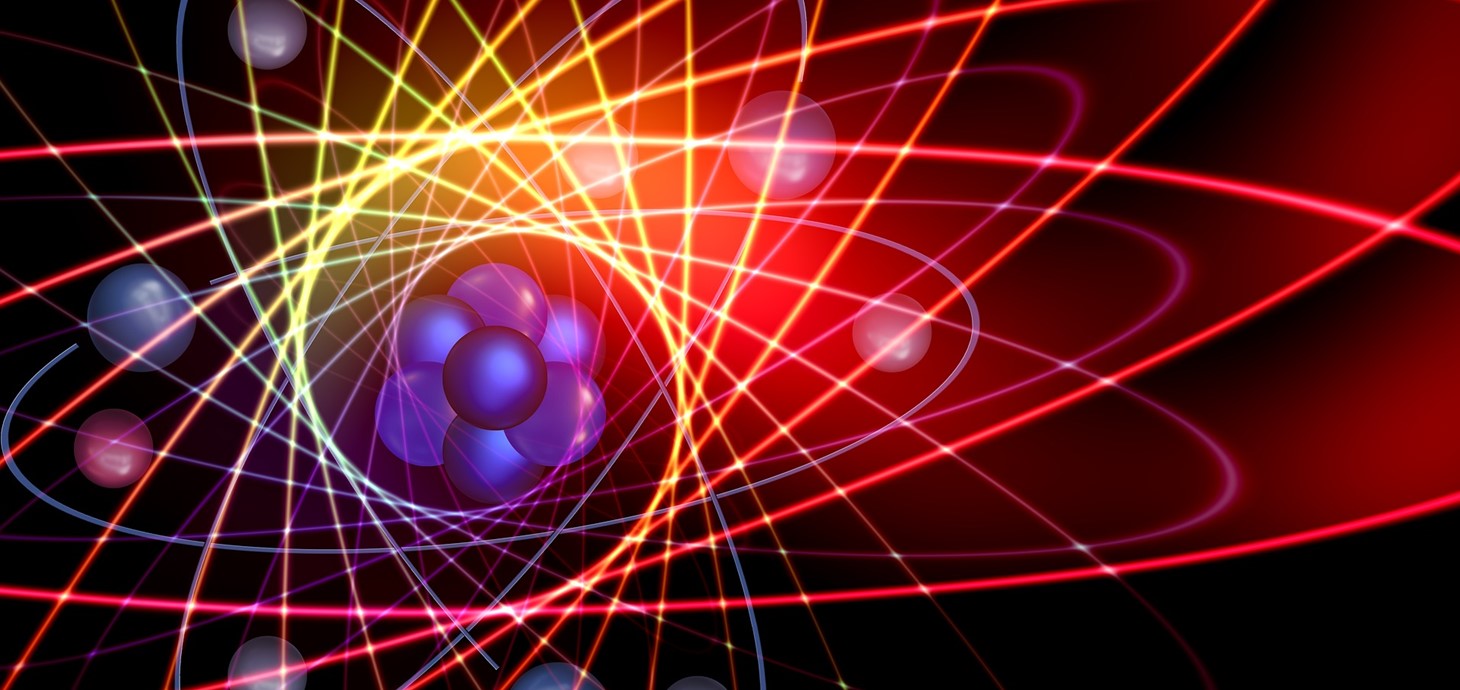
A Swansea University scientist’s research into the geometrical characteristics of a physical theories is highlighted in a new paper.
Physicist Dr Farid Shahandeh said: “Imagine a physical theory whose explanation for the trajectory of an apple falling from a tree differs for Gala and Pink Lady. We know that the apple’s variety has nothing to do with how it falls. A theory like this is overcomplicated.
“Any seemingly unnecessary and nonsensical parameter like this adds context to a theory’s description of a physical phenomenon.
“Luckily, classical theories are not contextuality. But, we know that if we try to interpret quantum mechanics in classical terms, it becomes contextual, and consequently counterintuitive.”
In his study Contextuality of General Probabilistic Theories Dr Shahandeh examines what structural property of a theory like quantum mechanics makes it prone to contextuality.
It has just been published in PRX Quantum, a prestigious journal from American Physical Society.
He said: “In this work we determine the geometrical characteristics that give rise to either noncontextuality or contextuality of a physical theory.
“In doing so, we consider the framework of general probabilistic theories, a unified tool that comes very handy for constructing generic physical theories.”
He added: “The techniques and results obtained in this work can be extended and applied to quantum information processing tasks that aim for non-classical advantages.”
Dr Shahandeh is the recipient of a Royal Commission for the Exhibition of 1851 research fellowship, the annual awards designed to give early career scientists or engineers of exceptional promise the opportunity to conduct a research project of their own instigation.
His research at the College of Science examines the characterization of fundamental resources required for quantum computation algorithms.
